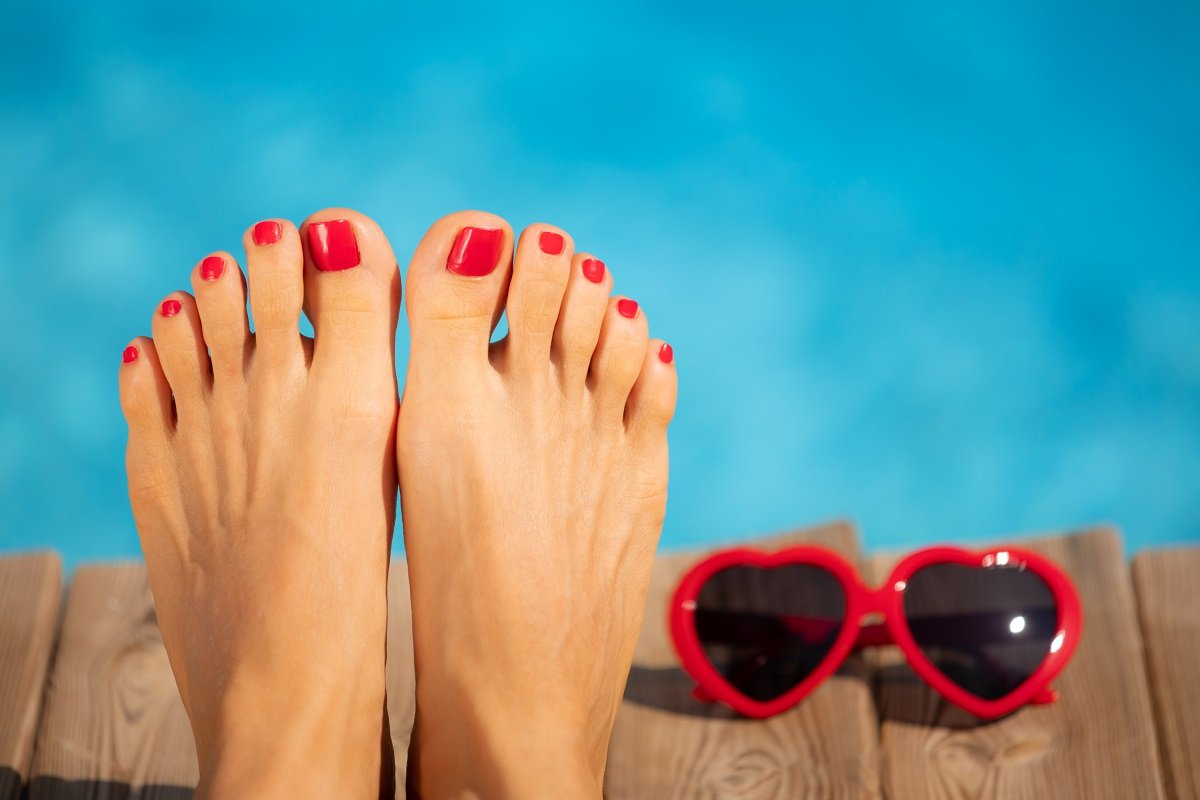Blisters suck the life out of your soul with their annoying presence. You just get by your day as always until you encounter a situation that burns your skin, which is only 10% of the pain. You know that the real pain is coming in the form of hellish blisters that you don’t know what to do with.
Part of what makes blisters such a nightmare is their tricky nature. Through years of experience in the game of life, you just know that popping a blister is not the best idea. But that doesn’t stop your stupid monkey brain to pop the blister and get the fluids out. Aside from the consequent pain, you get an ugly little scar where it’s not supposed to be.
Anyway, enough horror! Blisters are actually not that bad. They’re just what they are. And in this article, we will learn how to deal with blisters and avoid all the annoyance associated with them.
How to prevent and treat blisters
Prevent/protect a blister
We often associate blisters with our feet. Sometimes our legs rub continuously on the bottom of our shoes, which causes blisters to develop later. However, blisters develop also due to burns and other causes. You usually develop blisters due to performing an activity that causes your skin to rub against something to the point of developing burns.
You can prevent blisters by being super careful about what contacts your skin and by protecting your feet and hands adequately.
When you know you’re going on a long walk, you have to take the necessary precautions, like wearing the right shoes and socks.
Below are some of the precautions that you can take to prevent blisters from hurting you:
- Protect your feet adequately. To prevent your feet from developing blisters, wear nylon socks or moisture-wicking socks. You might also want to consider wearing two socks on one foot if the previous recommendation doesn’t help.
- Wear suitable clothing. You have to make sure your skin does not experience friction with your clothes during physical activity. Wearing loose clothes might be the thing to consider in this case. Or you should perhaps wear nylon clothes.
- Consider soft bandages to cover the area. You can apply soft bandages on the area with blisters to protect it from further damage and subsequent infection. Make sure to apply the protecting bandages correctly.
- Apply powder or vaseline to problem areas. Talcum powder or vaseline will help tremendously with the area with the problem.
- If you experience pain or discomfort and your skin turns red, stop your activity immediately. You will get a blister, two, or three if you don’t.
Most blisters heal in less than 15 days. So, just leave that thing alone for some time. To avoid their most negative side effects, you have to be patient and cautious with blisters. Avoid activities that trigger the blister.
Treat a blister
Treating a blister often requires just protecting the area from damage or leakage and letting it settle on its own. It often takes up to 10 days for the blister to fully go away.
Here are some of the strategies that you can adopt to help treat blisters:
- Cover the area with the blister. Cover the area of the blister, and make sure to use the right kind of bandages. Also, make sure that the bandage area that covers the blister is slightly raised.
- Use padding. To protect blisters in areas with pressure use padding. The bottom of your feet might use some padding if you have blisters. Cut the padding into a donut shape with a hole in the place where there’s a blister to protect that little thing from being a pain.
- Don’t pop or drain the blister, no matter what. Popping a blister will only lead to more pain or even infection, which is something you really want to avoid. In case you have a grave blister, make sure to use a sterilized needle to drain it carefully. After you do that, apply some alcohol to the area to kill bacteria.
- Keep the area clean and protected. Use vaseline to the clean area of the drained blister and cover it with a bandage to protect it from damage and infection.
Botto line
No matter how annoying blisters can be, they’re still minor skin problems compared to all the others. Check out our post about ALL THE COMMON SKIN PROBLEMS for more information.
If you have a severe case, you might want to consult a healthcare professional for the best approach to treating the blisters.

